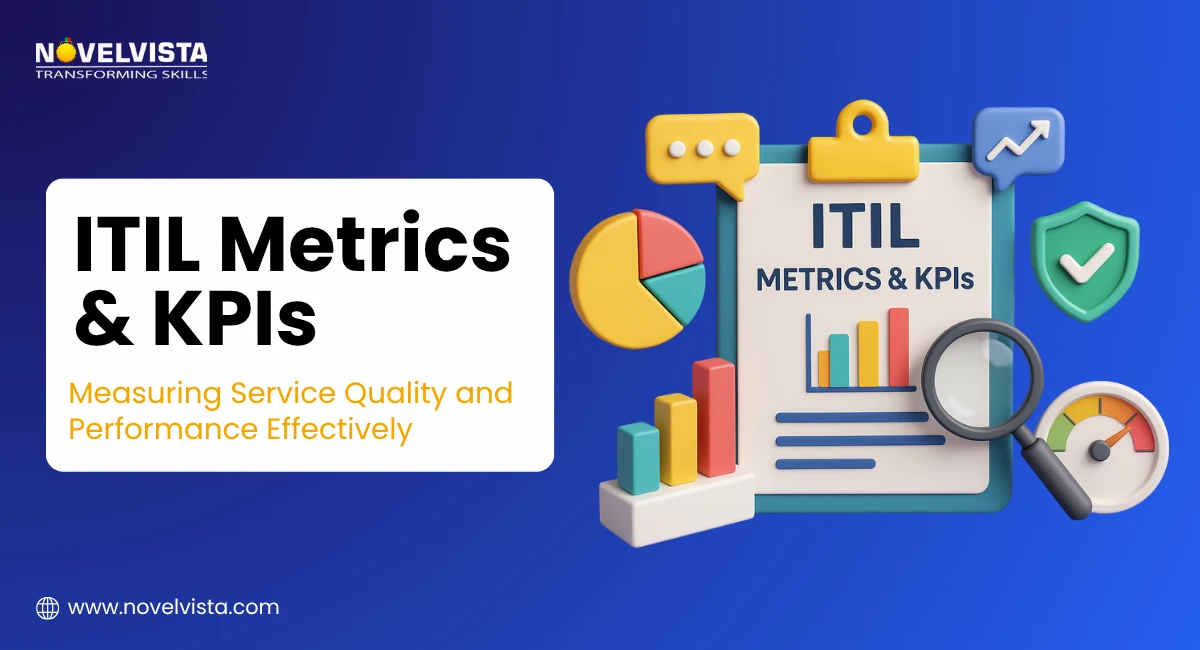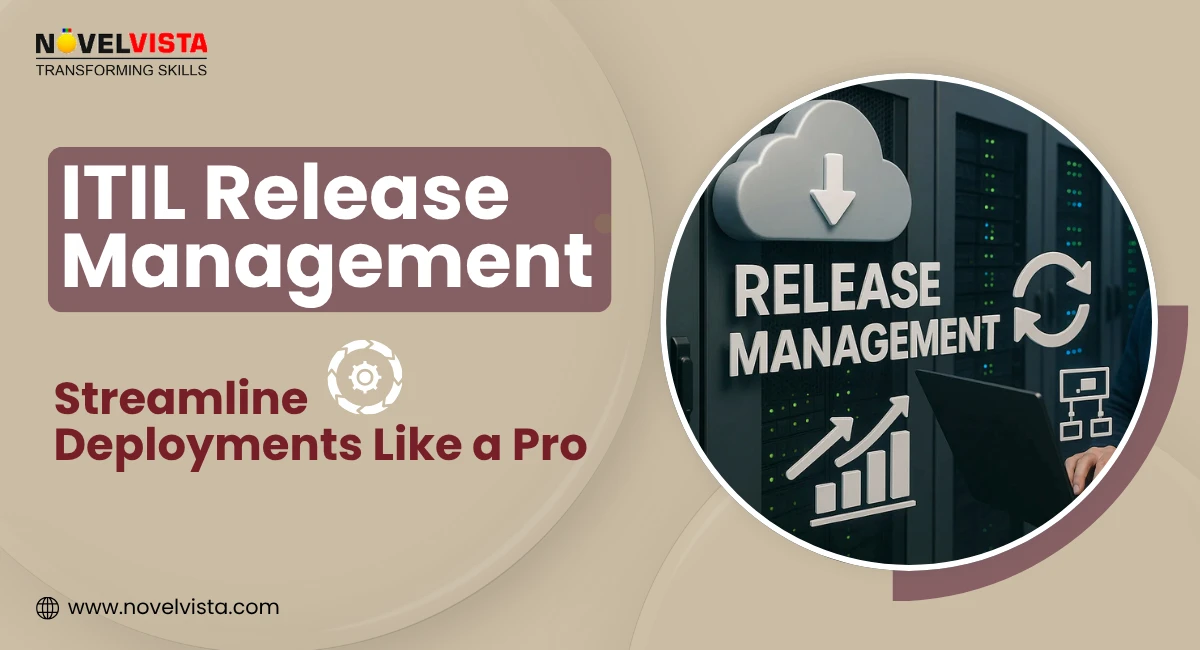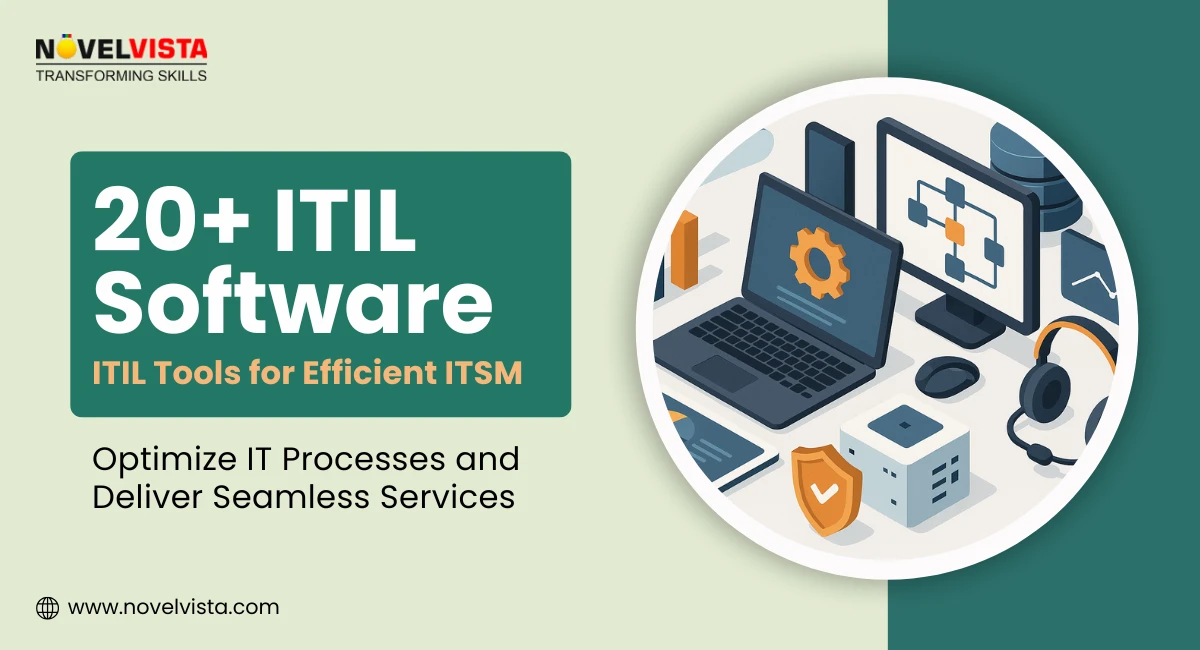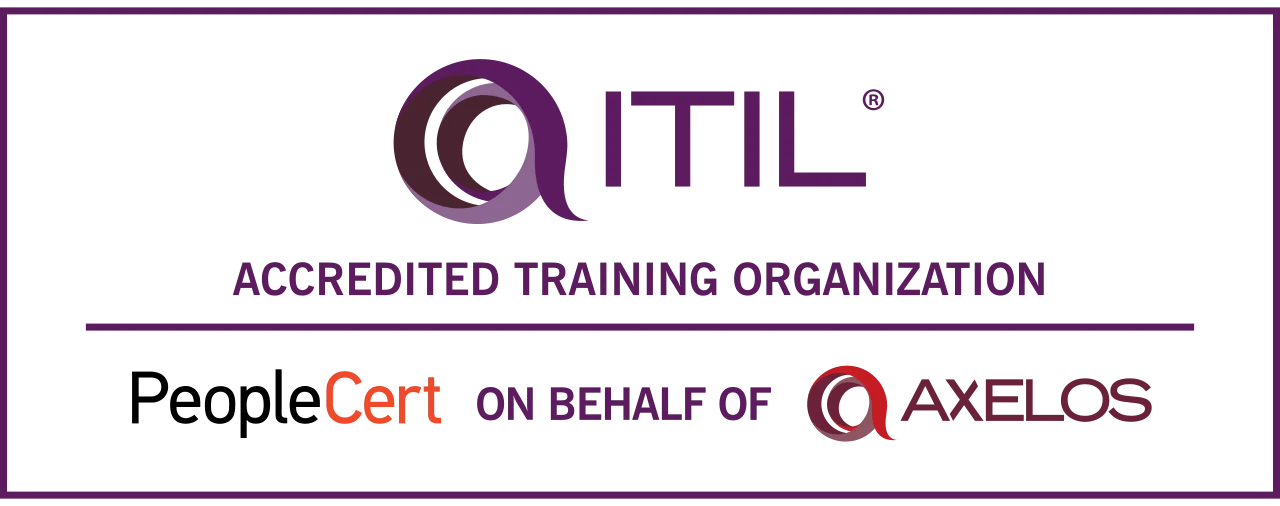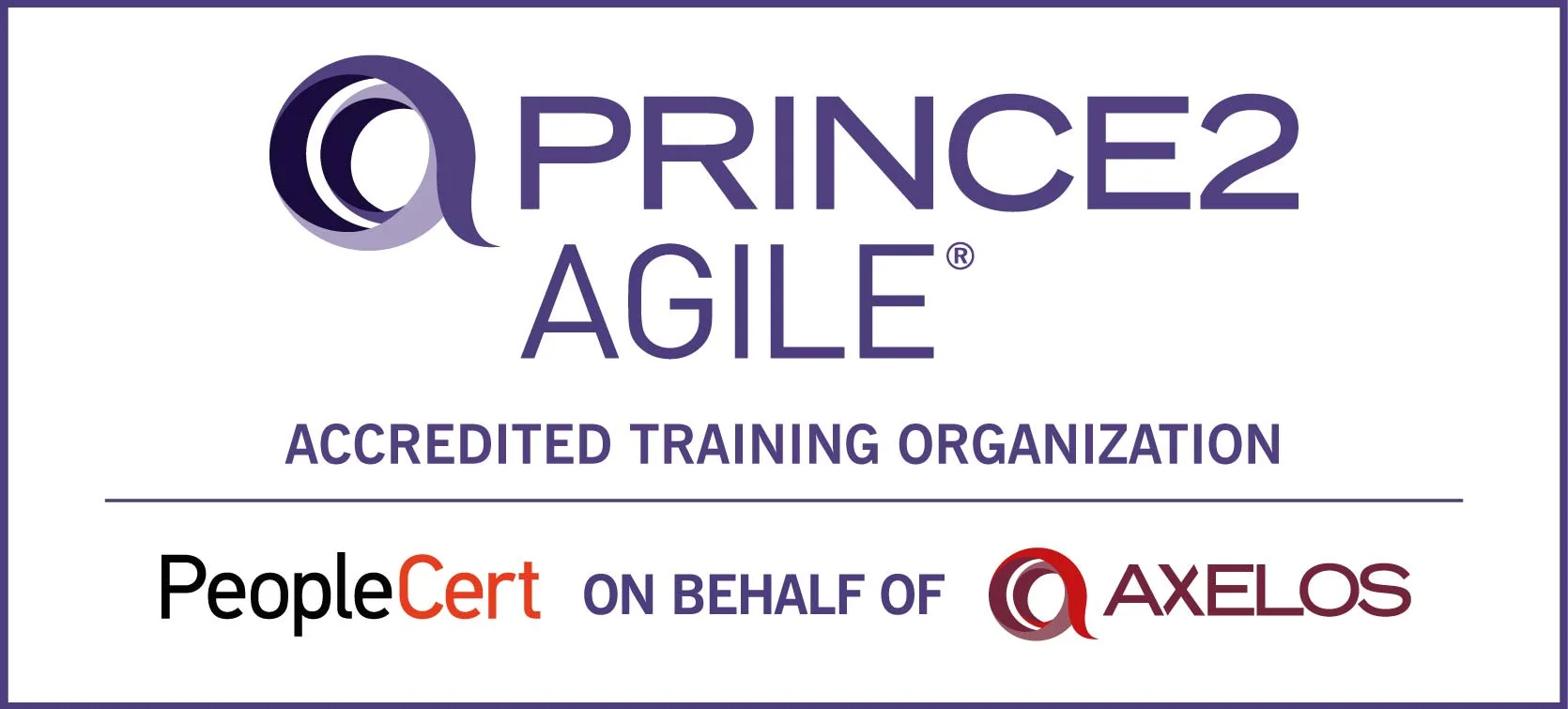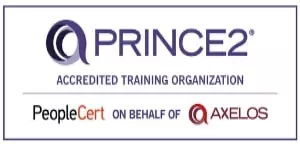Organizations often think their IT systems are running smoothly. But without measurable ITIL metrics, those assumptions can easily hide real performance gaps. Every ticket closed or service request fulfilled might look like progress, but how do you really know if your IT services are performing at their best?
That’s where ITIL metrics come in. They aren’t just numbers on a dashboard; they tell the real story of how efficiently your IT services deliver value, align with business goals, and support customer satisfaction. Through consistent ITIL performance measurement, organizations can turn guesswork into insight and improve both service delivery and decision-making.
Whether you’re an IT manager or a service desk lead, understanding ITIL evaluation helps you identify what’s working, what’s lagging, and where to focus your improvement efforts. It bridges the gap between operational performance and business outcomes, a crucial link many organizations overlook.
This guide breaks down essential ITIL metrics and KPIs, showing how to measure service performance, track ITIL service quality, and drive continual improvement. It includes practical examples and a downloadable checklist for easy implementation.
Understanding ITIL Performance Measurement
Before diving into the numbers, let’s clear up what ITIL performance measurement really means. In simple terms, it’s the practice of using measurable indicators, like speed, quality, and consistency, to evaluate how well IT services meet their intended goals. In fact, according to Axelos, organizations that use ITIL 4 and actively measure metrics report up to 25% improved SLA compliance and 20% better customer satisfaction, driving service excellence and real business results.
ITIL metrics help quantify everything from how quickly incidents are resolved to how satisfied customers feel after service delivery. But not all measurements are the same; there’s a difference between performance metrics and quality indicators:
- Performance metrics measure how efficiently services are delivered. (Think response time, cost per ticket, or uptime percentage.)
- Quality indicators reflect how effectively those services meet user expectations and business value. (Think satisfaction scores or compliance rates.)
When used together, they give a 360° view of ITIL service quality, helping teams see not just whether they’re meeting SLAs, but whether their services truly support business growth.
Expert Tip: In practice, many IT teams focus on raw numbers like ticket closure time but overlook service impact. True ITIL performance measurement prioritizes metrics that demonstrate value to business outcomes, aligning operational efficiency with customer satisfaction.
Related: Key Updates in ITIL 4 latest Version
Key Performance Metrics in ITIL
So, what exactly should you measure? Let’s explore the core ITIL KPIs and ITIL metrics across different ITIL practices. Each category focuses on different aspects of service management, from planning to delivery and continuous improvement.
ITIL Practice / Stage |
Key Performance Indicators (KPIs) / Metrics |
Purpose / Insights |
|
Service Strategy |
|
|
|
Service Design |
|
|
|
Service Transition |
|
|
|
Service Operation |
|
|
|
|
|
|
|
|
|
|
3.1 Service Strategy KPIs
When defining IT goals and services, you need metrics that connect strategy with results.
- Service Portfolio Management KPIs: Portfolio success rate, value contribution per service, and ROI on new services.
- Strategy Management for IT Services KPIs: Alignment with business goals, number of services improved or retired strategically.
- Financial Management KPIs: Budget variance, cost per service, ROI of IT initiatives.
- Business Relationship Management KPIs: Customer satisfaction (CSAT), Net Promoter Score (NPS), and customer retention rate.
These ITIL KPIs ensure the organization’s service investments are purposeful and profitable.
3.2 Service Design KPIs
Good design leads to reliable service delivery, and these ITIL metrics show how effectively your design process supports stability, capacity, and security.
- Service Level Management KPIs: SLA compliance rate, number of SLA breaches, and average response time.
- Availability Management KPIs: System uptime percentage, Mean Time Between Failures (MTBF).
- Capacity Management KPIs: Resource utilization rate, capacity forecast accuracy.
- IT Service Continuity Management KPIs: Disaster recovery test success rate, Mean Time to Recovery (MTTR).
- Information Security Management KPIs: Number of security incidents, policy compliance rate.
- Supplier Management KPIs: Vendor SLA adherence, supplier performance score.
These data points directly influence ITIL service quality because a well-designed system minimizes risk, downtime, and user frustration.
3.3 Service Transition KPIs
Transition is all about ensuring new or changed services are smoothly implemented without disruptions.
- Change Management KPIs: Change success rate, rate of failed changes, number of change-related incidents, and change acceptance rate.
- Project Management (Transition Planning and Support) KPIs: On-time project delivery rate, milestone achievement ratio.
- Release and Deployment Management KPIs: Deployment success rate, number of release rollbacks.
- Service Validation and Testing KPIs: Test pass percentage, defect leakage ratio.
- Service Asset and Configuration Management KPIs: CMDB accuracy, asset audit compliance rate.
Tracking these ITIL metrics ensures that every change or release improves, rather than interrupts, your ongoing services. It’s a crucial part of ITIL evaluation, making sure every deployment adds measurable value.
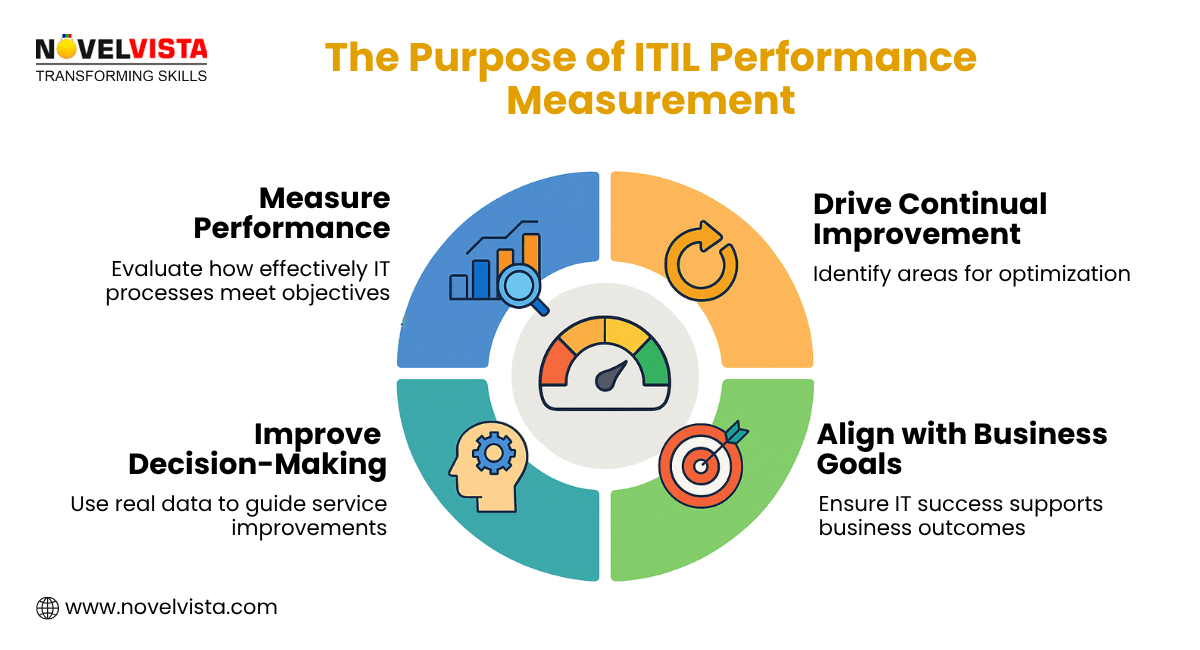
3.4 Service Operation KPIs
This is where the day-to-day reality of ITIL performance measurement comes to life, through incidents, requests, and service tickets.
Some of the most tracked ITIL metrics include:
- Incident Response Time (MTTR): Average time to resolve incidents.
- First-Touch Resolution Rate: Percentage of tickets resolved at first contact.
- SLA Compliance Ratio: Incidents resolved within agreed timelines.
- Cost per Ticket: Average cost of resolving an incident.
- Reopen Rate: How often closed tickets are reopened, a direct signal of ITIL service quality.
- Incident Volume and Backlog: Helps understand workload and efficiency trends.
- Customer Satisfaction (CSAT): Evaluates end-user happiness with IT support.
Each of these helps pinpoint where performance gaps exist, so your teams can respond proactively rather than reactively.
Case in Practice: A leading banking IT department implemented first-touch resolution and incident response KPIs, resulting in a 30% reduction in ticket backlog and a 15% improvement in CSAT scores within six months. This highlights how structured ITIL performance measurement drives real operational improvements.
3.5 Continual Service Improvement (CSI) KPIs
Even the best IT systems need ongoing improvement. CSI uses ITIL metrics to refine services over time, ensuring lasting ITIL service quality.
- Technology Metrics: System uptime, performance speed, and reliability trends.
- Process Metrics: Efficiency of workflows measured through Critical Success Factors (CSFs) and KPIs.
- Service Metrics: End-to-end service delivery, from user experience to business outcomes.
CSI transforms raw data into actionable insights, helping IT teams optimize processes, reduce costs, and increase satisfaction, a direct result of consistent ITIL evaluation.
3.6 Customer Experience Metrics
No IT service is complete without assessing its impact on end users. ITIL KPIs focusing on customer experience highlight how well IT aligns with user expectations:
- Net Promoter Score (NPS): Measures loyalty and likelihood of recommending IT services.
- Customer Effort Score (CES): Evaluates how easy it is for users to get support.
- Customer Retention Rate: Tracks long-term satisfaction and reliability.
When combined with operational metrics, these indicators provide a holistic view of ITIL service quality, bridging technical performance with user satisfaction.
Tools and Dashboards for ITIL Performance Tracking
Tracking all these metrics manually can be overwhelming. That’s why many organizations rely on IT Service Management (ITSM) tools to streamline ITIL performance measurement.
Popular tools include:
- ServiceNow: Centralized dashboard for incidents, SLA tracking, and reporting.
- Jira Service Management: Issue tracking and workflow automation for IT teams.
- SolarWinds: Performance monitoring and alerting for infrastructure.
- ManageEngine ServiceDesk Plus: Comprehensive ITSM suite with analytics and KPIs.
Dashboards allow IT teams to visualize trends, identify bottlenecks, and generate automated reports. Integrating KPI dashboards into CSI review meetings ensures continuous evaluation and improvement. Our downloadable PDF includes a sample KPI dashboard layout for easy reference.
Also Read: ITIL Roles and Responsibilities
Download: ITIL Metrics Implementation Checklist
Stop guessing and start measuring. Get step-by-step guidance, KPI templates, and tracking tools to make your ITIL metrics actually work.
Common Challenges in Measuring ITIL Performance
Even with the right metrics, organizations often face hurdles in ITIL evaluation:
- Inconsistent Data Collection: Different teams might follow varying reporting standards.
- Lack of Ownership: No single person is responsible for tracking KPIs, which leads to gaps.
- Too Many Metrics: Overloading on irrelevant KPIs can dilute focus on real improvement areas.
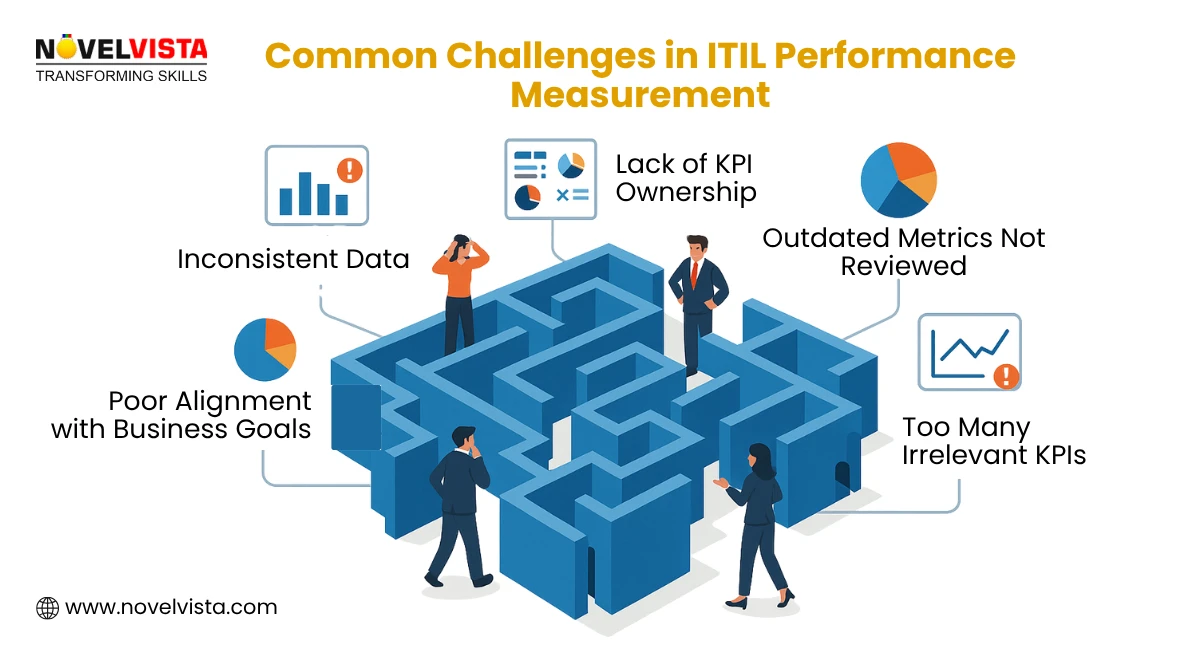
Simple fixes include:
- Assign clear KPI ownership to accountable team members.
- Focus on outcome-driven metrics that reflect business value and service quality.
- Regularly review and retire outdated metrics to keep dashboards actionable.
By addressing these challenges, ITIL metrics can truly become a tool for actionable insight rather than just reporting numbers.
Conclusion: Turning ITIL Metrics into Real Business Value
Metrics are not just numbers; they’re the lens through which IT performance becomes visible and actionable. Effective ITIL performance measurement ensures IT services deliver true business value, improve continuously, and align with customer expectations.
Start small by tracking a few high-impact ITIL KPIs. Gradually expand to cover strategy, design, operations, and improvement metrics. Consistent ITIL evaluation combined with tools and dashboards can transform service delivery from reactive to proactive, enhancing both operational efficiency and ITIL service quality.
Next Step: Advance Your ITIL Expertise
If you’re ready to strengthen your IT service management skills, explore NovelVista’s ITIL 4 Foundation Certification Training Course. It equips professionals with a solid understanding of ITIL principles, service value system, and key practices to enhance service delivery and operational efficiency.
Enroll today to gain practical knowledge and tools to improve IT services and drive measurable business value.
Frequently Asked Questions
Author Details

Mr.Vikas Sharma
Principal Consultant
I am an Accredited ITIL, ITIL 4, ITIL 4 DITS, ITIL® 4 Strategic Leader, Certified SAFe Practice Consultant , SIAM Professional, PRINCE2 AGILE, Six Sigma Black Belt Trainer with more than 20 years of Industry experience. Working as SIAM consultant managing end-to-end accountability for the performance and delivery of IT services to the users and coordinating delivery, integration, and interoperability across multiple services and suppliers. Trained more than 10000+ participants under various ITSM, Agile & Project Management frameworks like ITIL, SAFe, SIAM, VeriSM, and PRINCE2, Scrum, DevOps, Cloud, etc.
Confused About Certification?
Get Free Consultation Call

